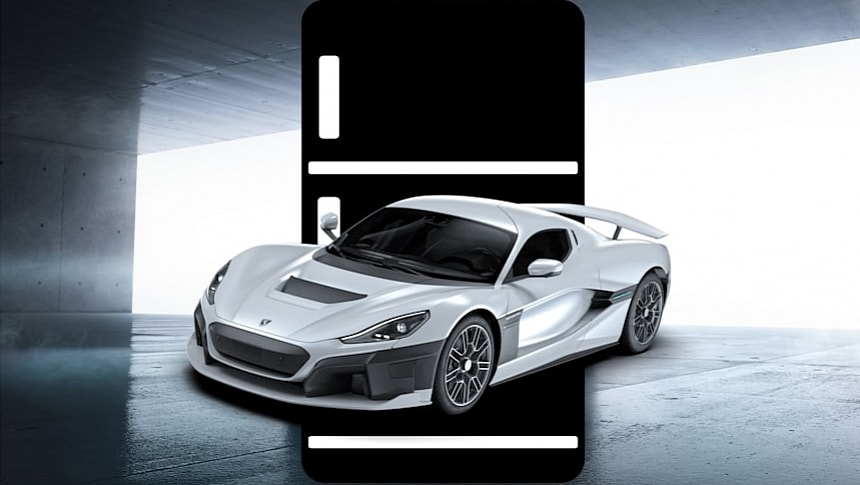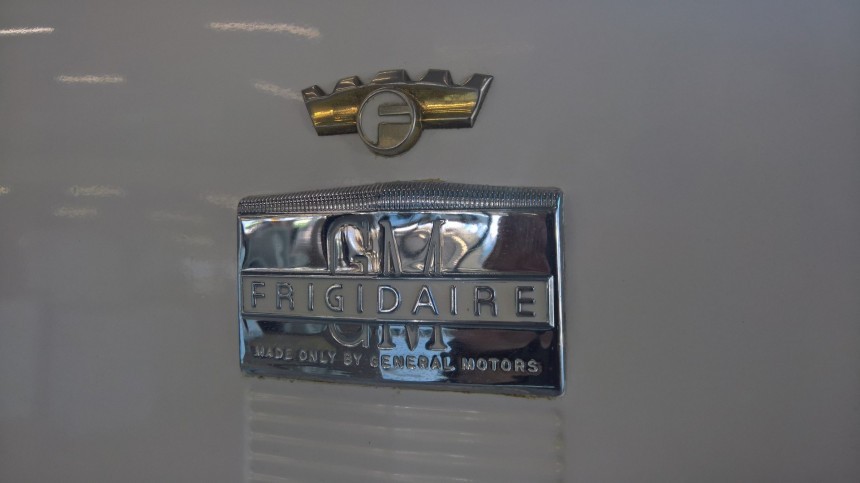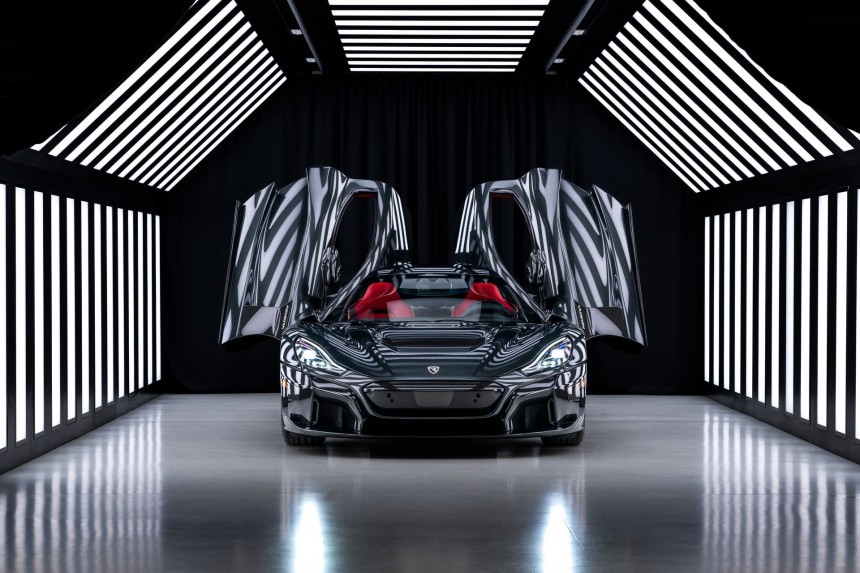I spent the last seven months involved with a translation gig that almost made me forget how difficult it is to start a text in the right way. Curiously, it also gave me ideas for several stories, including this one, precisely because of how rich the world of words is. What a word means in one language often has a completely different meaning in another one, in controversial ways. Well, my translation gig made me wonder: does anyone at Rimac know Spanish? If they do, did they consider what Nevera means?
Spanish-speaking readers probably already know where I am heading, depending on where they live. Those unfamiliar with this language will have to wait a bit for the explanation. Before that, let me remind them of some controversial naming examples that had to be changed in a few countries. Honda did not sell the Fit in Europe with its original name because of what it could mean in Swedish: fitta is the slang for female genitals. In Italian, fitta means intense pain. This is why the Japanese carmaker decided to call that model Jazz in European markets. Another example with gynecological implications is the Hyundai Kona, renamed Kauai in Portugal. In that country, "cona" also refers to women's genitals.
It may sound like a relief that Nevera has no risk of seeming vulgar in Spanish. In fact, a "nevera" is quite useful. The problem is that electric cars generally run away from the comparison this name suggests, especially when they are so frequently accused of being mere appliances. You'll soon understand why.
In Argentina and Paraguay, a "nevera" is more frequently called a "heladera." In Mexico and Chile, the name for it is "refrigerador." Curiously, Peru prefers the feminine version of the name: "refrigeradora." Cuba refers to it as a "frigidaire," the name of one of its most famous manufacturers (a GM company from 1919 until 1979). It is in Spain and Colombia that they are called "neveras" or "frigoríficos." If you have not already guessed what a "nevera" is by now, it is a fridge.
How come I have never heard about this naming controversy before? That's likely my fault for not following my Spanish and Colombian fellow motoring writers as much as I should, but neither has any of the people I read (and I read more than it is humanly advisable). Did anyone in Spain and Colombia make fun of that coincidence? Did they write about this, and it did not make any waves? I'll probably discover that once this article is out, and I promise to share that with you.
Whatever happened, naming a battery electric vehicle (BEV) flagship with a word that connects it so directly with an appliance is precisely what any BEV detractor dreamed about. Appliances are things that need a power plug to work and are usually dull, becoming something you only notice when they are not working as they should. That's not something anyone in their right mind would ever be able to say about Rimac's machine.
The company's Nevera offers 1,408 kW (1,888 hp), goes from 0 to 100 kph in 1.82 s, and was the world's fastest-production electric car until the Aspark Owl SP600 beat its top speed. On June 13, it reached 438.7 kph (272.6 mph), much better than the 412 kph (256 mph) that gave the Rimac its title. To be fair, it still holds it, as the SP600 has yet to reach production lines.
Now think about it: why would an electric carmaker christen its BEV flagship Nevera if it knew it meant refrigerator in Spanish? Why name it after an appliance when that gives those who hate BEVs dozens of mockery possibilities? That provides ammo to the enemy. Was that to be ironic and to tease the haters? Nevjera, which is a pretty similar word in Croatian, means infidelity, which makes things even more confusing. I'd ask Rimac about it, but having an official explanation for that will not change the fact that you would call the car Rimac Fridge if you were in Spain or Colombia.
A while after those questions crossed my mind, I heard Rimac was not managing to sell the Nevera at the expected pace. Presented in 2022 and limited to 150 units, the Nevera sold only 50 until May 2024. Mate Rimac gave some reasons for that, and I want to explore them in another text. However, the truth is that I thought it was an amazing coincidence that a car whose name could be mistaken for "fridge" in one of the most spoken languages in the world was not in high demand.
Knowing how fast exclusive hypercars sell even before they are officially announced, what could have caused the Nevera to flop like that? Would being powered by a battery pack be the only reason for a car with such impressive numbers to sell only a third of what it was supposed to? The name may be among the explanations for that, particularly among Spanish and Colombian billionaires. Who would they impress when they said they had a "nevera?" Most people do (at least the appliance that keeps food cool).
It may sound like a relief that Nevera has no risk of seeming vulgar in Spanish. In fact, a "nevera" is quite useful. The problem is that electric cars generally run away from the comparison this name suggests, especially when they are so frequently accused of being mere appliances. You'll soon understand why.
In Argentina and Paraguay, a "nevera" is more frequently called a "heladera." In Mexico and Chile, the name for it is "refrigerador." Curiously, Peru prefers the feminine version of the name: "refrigeradora." Cuba refers to it as a "frigidaire," the name of one of its most famous manufacturers (a GM company from 1919 until 1979). It is in Spain and Colombia that they are called "neveras" or "frigoríficos." If you have not already guessed what a "nevera" is by now, it is a fridge.
Whatever happened, naming a battery electric vehicle (BEV) flagship with a word that connects it so directly with an appliance is precisely what any BEV detractor dreamed about. Appliances are things that need a power plug to work and are usually dull, becoming something you only notice when they are not working as they should. That's not something anyone in their right mind would ever be able to say about Rimac's machine.
The company's Nevera offers 1,408 kW (1,888 hp), goes from 0 to 100 kph in 1.82 s, and was the world's fastest-production electric car until the Aspark Owl SP600 beat its top speed. On June 13, it reached 438.7 kph (272.6 mph), much better than the 412 kph (256 mph) that gave the Rimac its title. To be fair, it still holds it, as the SP600 has yet to reach production lines.
A while after those questions crossed my mind, I heard Rimac was not managing to sell the Nevera at the expected pace. Presented in 2022 and limited to 150 units, the Nevera sold only 50 until May 2024. Mate Rimac gave some reasons for that, and I want to explore them in another text. However, the truth is that I thought it was an amazing coincidence that a car whose name could be mistaken for "fridge" in one of the most spoken languages in the world was not in high demand.
Knowing how fast exclusive hypercars sell even before they are officially announced, what could have caused the Nevera to flop like that? Would being powered by a battery pack be the only reason for a car with such impressive numbers to sell only a third of what it was supposed to? The name may be among the explanations for that, particularly among Spanish and Colombian billionaires. Who would they impress when they said they had a "nevera?" Most people do (at least the appliance that keeps food cool).

















